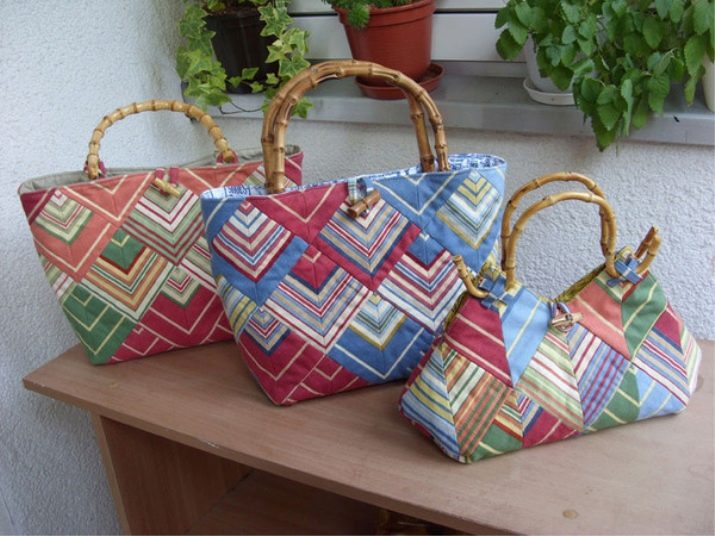Patchwork bags
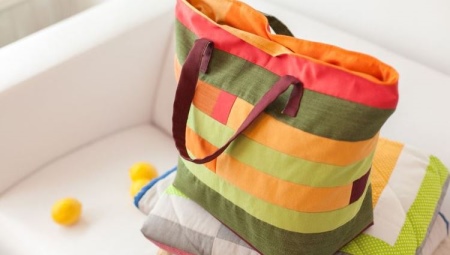
Today's variety of bag models is difficult to surprise even the most sophisticated women in fashion. Classic and original, evening and casual, miniature and voluminous - among all this abundance, a separate category of accessories stands out - “patchwork” bags. They cannot be confused with other models due to their bright and recognizable style.
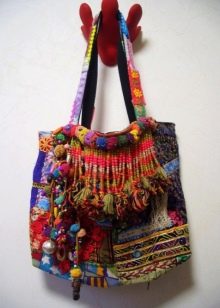
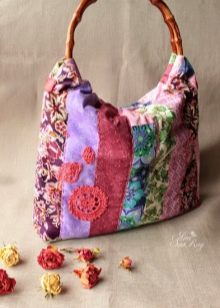
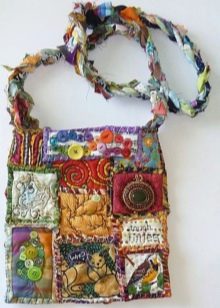
Features, pros and cons
"Patchwork" (patchwork) in translation from English means "patch" or "sewn from patches". This is the essence of the creation of these original models - outwardly they very much resemble a mosaic created from patches of different colors, textures and sizes.

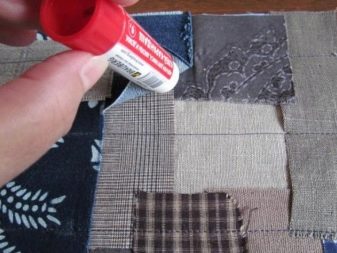
Patchwork bags are very popular today. Because they are original, unusual, practical, they can be easily sewn with your own hands. They come in a variety of materials and look great in a wide variety of designs.
Patchwork handbags are most often seen with a casual outfit. However, there are also original patchwork clutches, string bags, travel bags and backpacks.
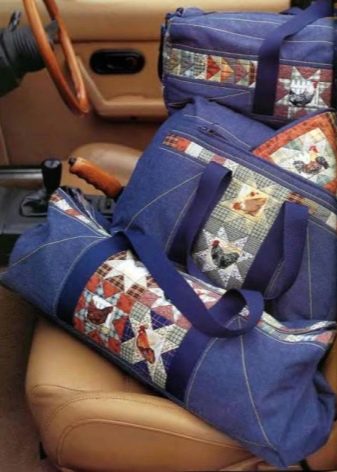
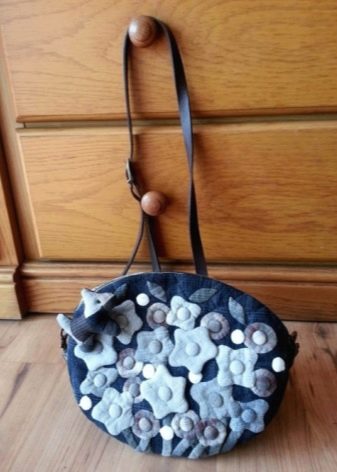

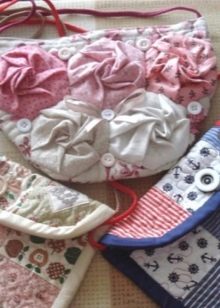

Flaps can also be different: regular geometric shapes (square, rectangle, circle, triangle, rhombus) or fancy shape elements of different sizes. They can be arranged in rows, in a checkerboard or random order, in a spiral, in zigzags. The patches can be plain or variegated, with or without prints.
The bag can be made of leather or suede, and the scraps will be used as an original decoration, or the accessory will be completely made of colorful pieces of fabric.

The bag can be not only sewn, but also crocheted or knitted.Such models look no less original and impressive than textile ones.
The patchwork technique can be used in the form of a small laconic decorative element, for example, in the form of an applique, or it can be the main decoration placed over the entire surface of the bag.
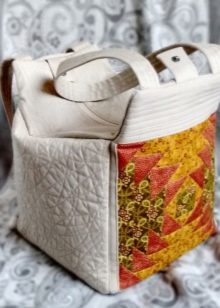
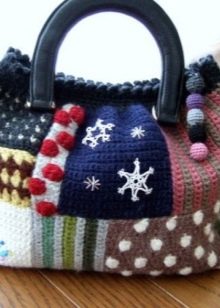

Patchwork decor goes well with other decorations, for example, fringe, metal fittings, buttons, ribbons, braid.
The patchwork technique allows you to create not only a small ornament, but also full-fledged panels and paintings on the surface of the bag.
But, despite this, such a technique in most cases is still used for everyday models. Business or evening style implies stricter designs, classic colors and restrained decor.
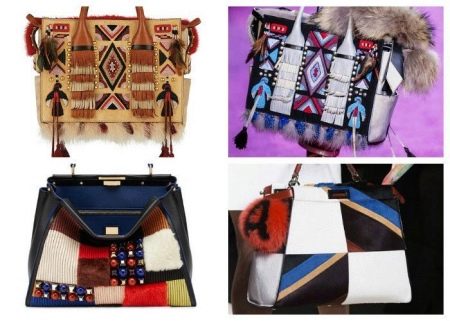
Models
Patchwork-style jewelry looks most harmonious in everyday models, thanks to its original design, practicality and non-marking colors.
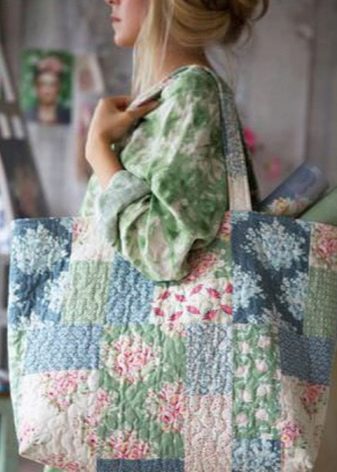
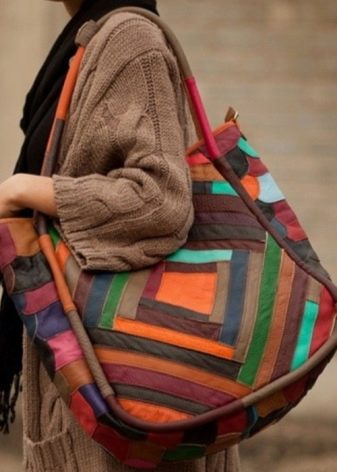
Shopping bag
One of the most popular models for which the patchwork technique is used. Roomy, large enough, with the simplest design - it is ideally combined with multi-colored scraps of fabric in the form of decor. The patches can have the correct and irregular shape, different sizes, and be decorated with different prints.
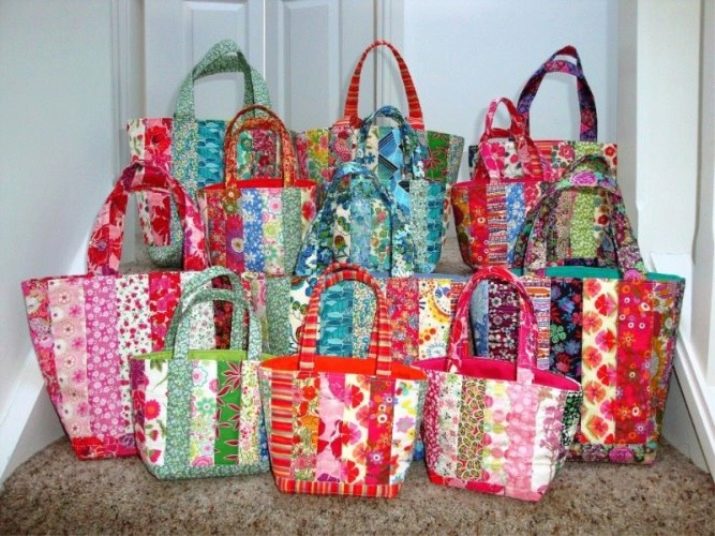
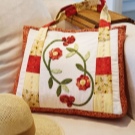
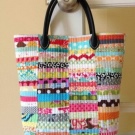
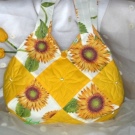

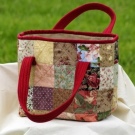
Shoulder bag
One of the favorite female accessories. This handbag allows you to keep everything you need close at hand, while keeping your hands free. Such models are great for study, work, everyday life.
Stricter models, for example, for study, can be decorated with patches of restrained colors.
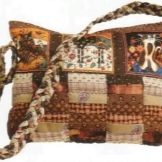
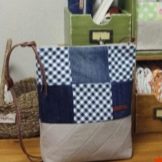
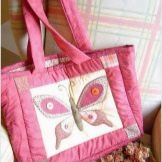
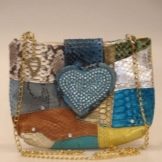
Sports
Bags for walking around the city or doing sports can be decorated with original patchwork compositions of bright colors and catchy ornaments.



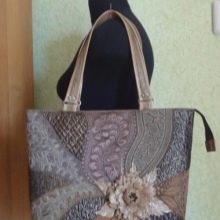
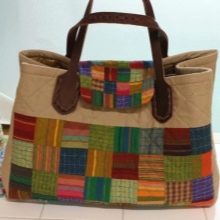
Beach
A light bag made of textiles, linen, and cotton also serves as an excellent basis for appliqué from variegated, multi-colored pieces of fabric. It can be a chaotic ornament or a small panel on a marine theme, especially relevant in the summer.

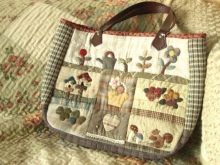
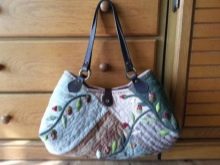
Bucket bag and backpack
It will be an excellent alternative to conventional models of bags with handles or a shoulder strap. These bags are perfect for travel, travel, sports and everyday life.

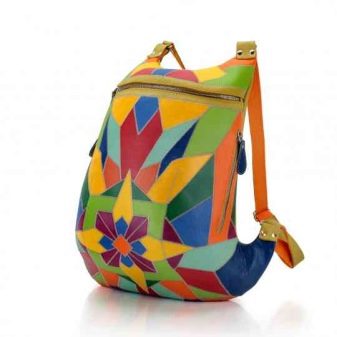
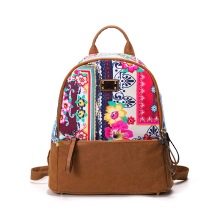
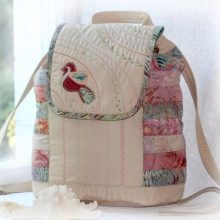
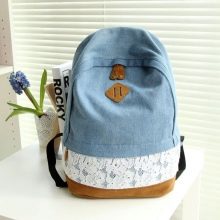
How to sew?
The patchwork decorating technique is ideal for making bags or decorating them with your own hands. Moreover, handmade products are still at the peak of their popularity. The opportunity to make an exclusive jewelry with your own hands attracts many women of fashion today.
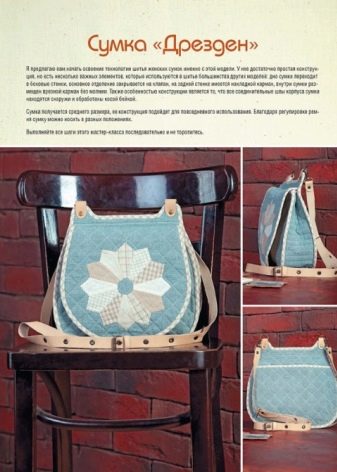

To sew a simple summer handbag, you will need several pieces of thick cotton of different colors, lining material, adhesive interlining, scissors, pins, a centimeter or ruler, and a sewing machine.
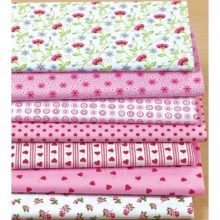
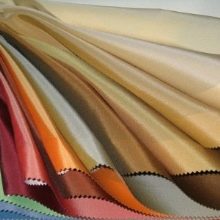
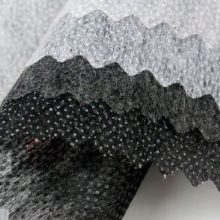
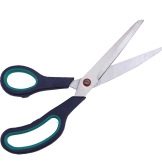


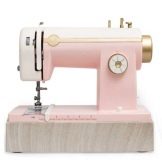
Then you need to think over the design of the future product and start the pattern:
- First, squares of 15 * 15 cm are cut out or any others, depending on the desire and dimensions of the future product. It is desirable that different pieces of fabric are similar in texture.
- Then a part of the squares are laid out on the glue cloth and the pattern is ironed with a hot iron through a layer of additional material (so that the glue does not stick to the iron). Using an adhesive backing will give the bag a certain amount of stiffness and help keep it in shape. For better fixation of the squares, the outer layers are additionally sewn to the base. Do the same with all horizontal layers. After that, you need to iron the base from the wrong side.
- It turned out to be one of the side walls. In the same way, the second side, the sides of the bag and the bottom are made.
- The lining fabric is sewn to the sides and main parts of the bag. All the details of the bag are sewn together, the handle is attached and the bag is ready. A chain, a leather strap, a braided cord made of different pieces of material can be used as a handle.


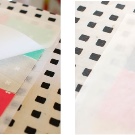
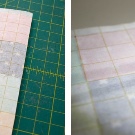
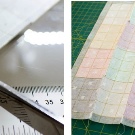
It will take even less time and skill to decorate a finished bag with a patchwork applique. It all depends on the flight of fantasy.Multi-colored pieces can be placed on your favorite bag in a chaotic or definite order, put together a mosaic panel or an interesting composition, decorate a pen, pockets, a small part of a handbag.

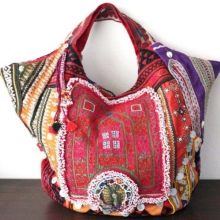

Materials (edit)
Patchwork patches can be made from materials of various thickness and texture. It can be cotton, denim, linen, leather, suede. These materials look great in everyday wear.
For more elegant and stylish handbags, appliqués made from pieces of airy organza or shiny silk, light lace and expensive brocade are perfect.
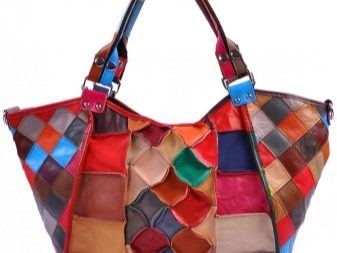
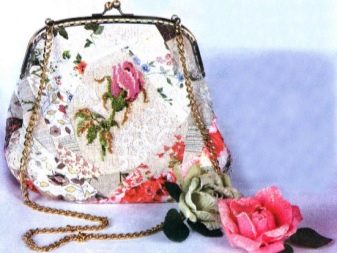
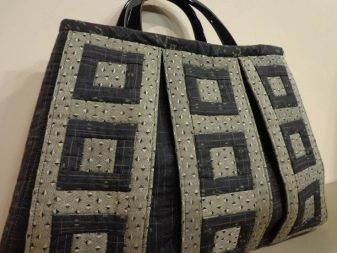
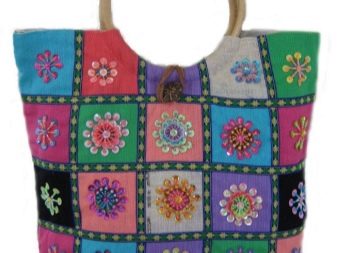
The choice of fabric suitable for decoration directly depends on the material from which the bag itself is sewn. Textile bags are best decorated with patches of soft, thin, docile fabrics.
Leather, suede, coat fabrics look best on tough, dense bags. However, this is a completely optional rule, because the patchwork technique is good because it allows you to mix fabrics of different textures in one product.
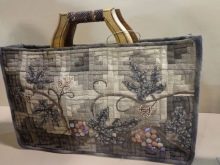
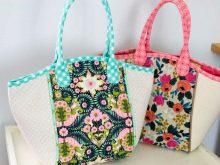
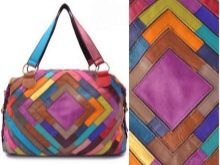
Colors and decor
Patchwork decoration technique allows you to use pieces of fabric in a variety of colors and ornaments. The originality of the patchwork style bags lies in their brightness and uniqueness.
Models made in folklore style are decorated with patches of red, yellow, green, blue, white, black. Squares, circles, triangles or other shapes can be solid or printed. Flowers, geometric patterns, abstraction, Scandinavian motives are used as the most popular ornaments.



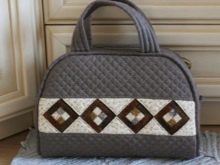
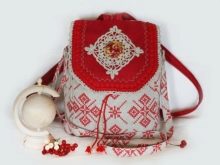

More austere and elegant models can be decorated with decorative panels in the "patchwork" style. It can be a cityscape, still life, or even a portrait.
Bags for study or work can have an even more austere and restrained print. For example, stripes of different shades of the same color or neat rhombuses made from shreds of contrasting material.
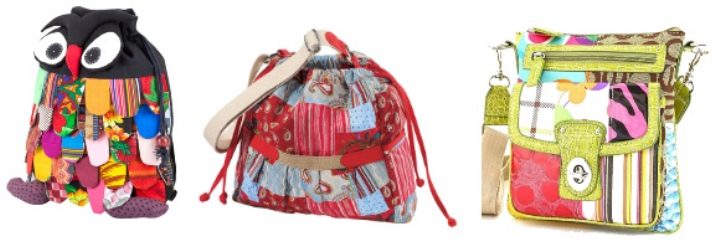
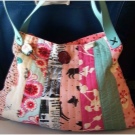
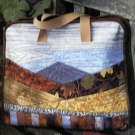
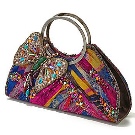


Variegated multicolor is most often used for decorating summer casual and beach bags... Leather models are decorated with shreds of artificial or natural leather, similar in color or several shades darker than the main material. Such models look very noble and expensive.
